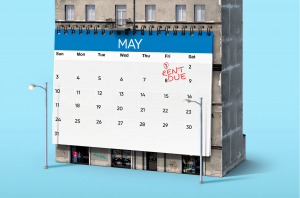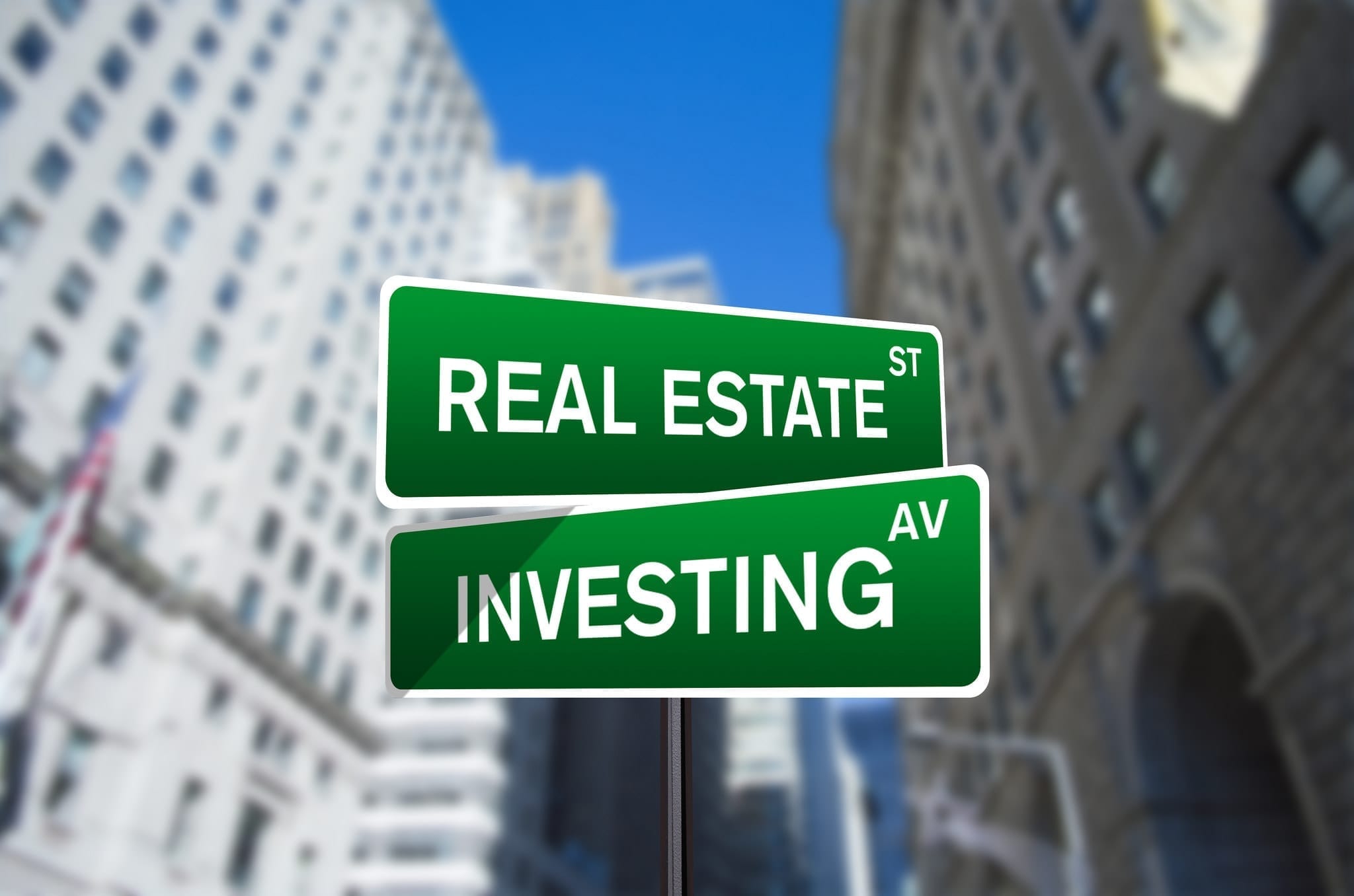The point of early retirement isn’t to sit on a beach sipping margaritas for the rest of your life. It’s to let you choose meaningful work on your own terms, without stressing about income from it.
Before the notion of FIRE (financial independence, retire early) took off as a trend, I was working as a loan officer handling hard money loans for real estate investors. I saw them building portfolios of rental properties, and it dawned on me: with enough rental income, you could cover your living expenses.
And then you could quit your day job and do, well, whatever you want.
But, while conceptually simple, that doesn’t make the execution easy. What exactly is involved in achieving financial independence with real estate?
Why Real Estate for Passive Income
Real estate comes with a slew of innate advantages for building passive income and achieving FIRE.
First, it generates ongoing income. You buy a property once, and it pays you cash flow forever. In the traditional model of retirement, where investors build a portfolio of stocks and bonds, they plan on selling off assets over time to generate enough income to live on. If you’ve ever heard of the 4% Rule, you get the idea. But the whole notion of “safe withdrawal rates” is predicated on drawing down your portfolio. You don’t have to do that with rentals.
Second, rental income rises with inflation. Or rather, rents drive inflation, as they rise over time. That makes rental properties a great hedge against inflation.
Third, real estate comes with excellent tax benefits. You can either deduct or depreciate every conceivable expense, including travel costs, your office, and even the property building itself.
Fourth, you can leverage other people’s money to build your own portfolio of income-producing assets. In addition to borrowing rental property loans, you can get creative with slashing the cash you need to put down on a rental.
Fifth, you can predict rental properties’ cash flow. You know the rent, you know the rental property loan payment, and you can forecast the long-term average of all other expenses. For example, you can estimate annual home maintenance costs, plus the average cost of capital expenditures such as window replacements.
Finally, rental properties offer great diversification from stocks. More on that later.
The 3 Phases of Accruing Rental Income
Most real estate investors pursuing FIRE go through three distinct phases.
In the acquisition phase, you buy as many cashflowing properties as you can. Most people leverage rental property loans to put down as little of their own money as possible, and build their portfolio as quickly as they can. As they scale, they may go from residential properties to commercial loans and properties, such as apartment buildings. Some investors also flip houses during this phase, to boost their investing capital.
This first phase comes with the most risk, as you have the least experience but invest with maximum debt exposure. The high rental mortgage debt also cramps your cash flow from each property.

In the consolidation phase, many investors stop buying new properties, or at least slow down. They funnel more of their cash flow and savings into paying down their rental property loans. With each loan they pay off, their cash flow spikes upward. Some investors sell off a percentage of their properties, using the accrued equity to pay down their existing property debts.
As you pay off some of your rental property loans, your cash flow rises. At a certain point you discover you can cover your living expenses with that cash flow. Welcome to the third phase: financial independence!
Asset Protection as You Build Your Portfolio
Unfortunately, the more assets you own, the greater the target on your back for lawsuits.
And, landlords see more lawsuits than most professions.
Start with simple strategies to protect your assets from lawsuits. That includes keeping your business assets — your properties — owned under a legal entity, with its own bank account. Never, ever commingle assets from your business accounts and personal accounts, else plaintiffs can successfully “pierce the corporate veil” in a lawsuit.
Start small with an LLC. But, as you build your portfolio of rental properties, consider adding another layer of protection by putting your assets into a trust.
Rental property loans can also help to some extent. If each property is mortgaged to the hilt, there’s no equity for ambulance-chasing attorneys to go after.
You may receive some protection through co-ownership of properties as well.
Speak with an asset protection attorney before moving forward, as one misstep can ruin your efforts and leave you vulnerable.
Diversification: Income Mix for FIRE
I love rental income, but it certainly doesn’t make up the entirety of my income.
Your real estate income should serve as one piece of the puzzle, one component of a larger whole. To reach financial independence and retire early, you want passive income from a range of sources.
Beyond rental income, I also earn passive income from stock dividends. While I own a few dividend-paying stocks, most of my dividend income comes from index funds. They provide me with broad exposure to the stock market, rather than leaving me too dependent on any one stock.
I also earn money through private notes, lent to other real estate investors I know and trust. And I diversify even further with real estate crowdfunding investments, that give me exposure to large apartment complexes and commercial buildings that I could never buy on my own.
Lastly, I plan to continue working and generating active income long after I reach financial independence. I personally enjoy writing and teaching real estate investing, which I can do on my own schedule. For you, post-FIRE work might include consulting, or working with non-profits, or starting a hobby business.
The point of early retirement isn’t to sit on a beach sipping margaritas for the rest of your life. It’s to let you choose meaningful work on your own terms, without stressing about income from it.
Final Thoughts
As you start planning your own path to financial freedom, start with the end in mind.
Set a target monthly income from your investments, both real estate and otherwise. Start working toward it, slowly but steadily. Remember that the beginning marks the hardest phase, before you have much passive income to reinvest and snowball.
Which raises a crucial point: don’t spend your investment income on yourself. Don’t succumb to lifestyle inflation, as both your passive income and job income rise. Keep reinvesting it in income-producing assets, to compound your income.
Finally, don’t move your target. It’s all too easy to go after ever more income and assets. Instead, decide what “enough” means to you — and embrace it once you achieve financial independence.
What are your goals for financial independence? How do you plan to achieve them?


Join the conversation!